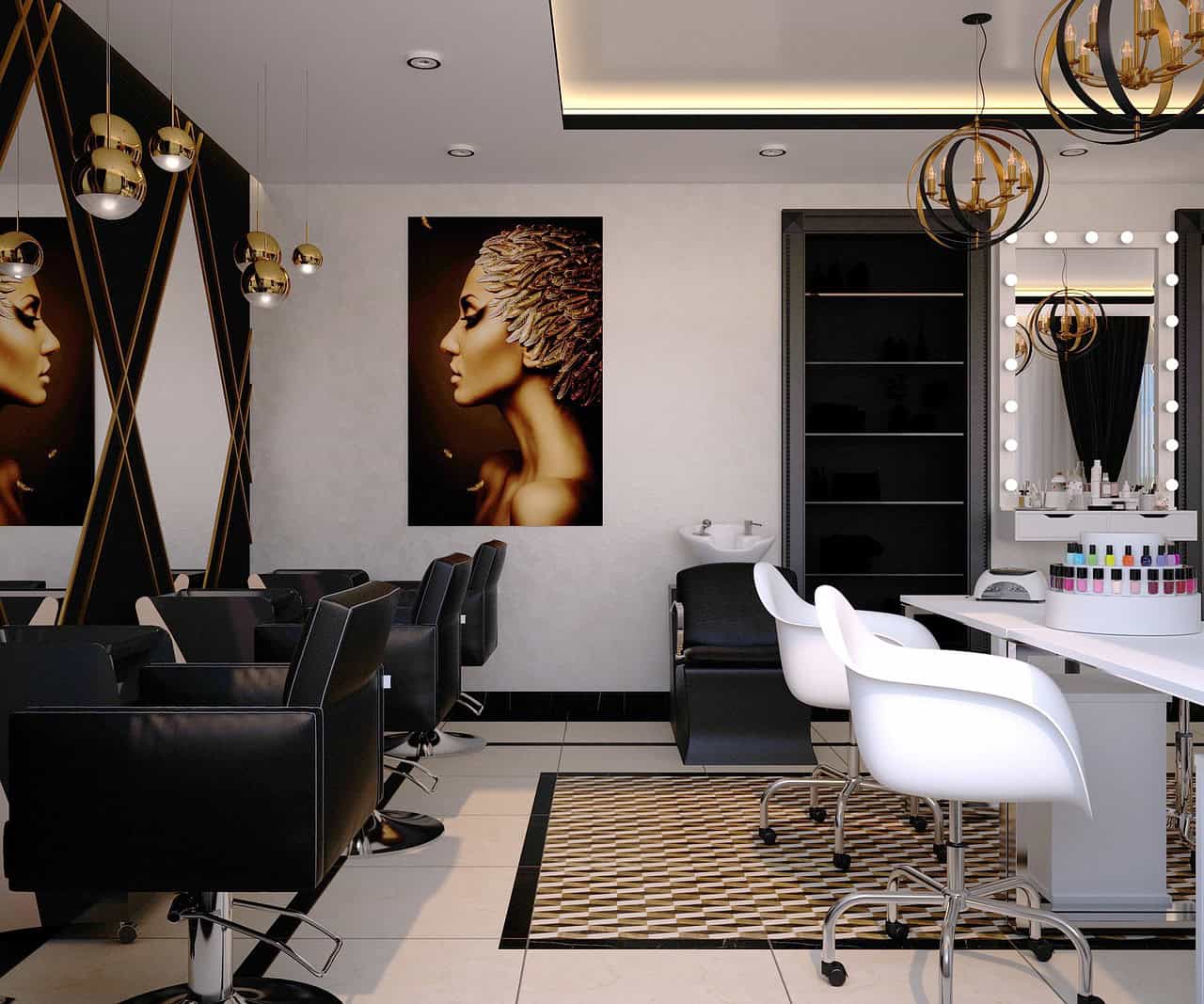Beauty Parlor Stroke Syndrome: The Hidden Risk at Your Salon Visit
Beauty parlor stroke syndrome (BPSS) is a rare but medically recognized condition that can occur during routine salon visits, particularly while having hair washed in a back-tilted position. Though uncommon, BPSS has gained attention due to its potentially serious consequences, including stroke-like symptoms triggered by neck hyperextension. The term was first coined in the 1990s, and recent reviews of medical literature have documented dozens of cases over the past few decades.
The goal of this article is not to alarm but to inform. Understanding the mechanics behind BPSS and knowing how to reduce risk can help ensure that salon visits remain safe and enjoyable.
How Beauty Parlor Stroke Syndrome Occurs
BPSS typically results from prolonged or extreme neck extension during hair washing at salon basins. This position can compress or tear the vertebral or carotid arteries, which supply blood to the brain. When these arteries are injured, blood may enter the vessel wall and form a clot, potentially leading to a stroke.
Common Triggers:
- Leaning back over rigid shampoo basins for extended periods
- Sudden neck movements during vigorous washing
- Lack of neck support or improper chair adjustment
- Pre-existing conditions like arthritis or vascular thinning
Who Is Most at Risk?
While BPSS can affect anyone, certain individuals may be more vulnerable due to anatomical or health factors.
Higher-Risk Groups:
- Women over age 50
- Individuals with a history of vascular disease or spinal arthritis
- Those with bone spurs or cervical spine abnormalities
- People with high blood pressure, diabetes, or high cholesterol
Symptoms to Watch For
Symptoms of BPSS may appear immediately or be delayed by hours or even days. They can mimic those of a conventional stroke and should be taken seriously.
Possible Signs:
- Dizziness or lightheadedness
- Headache or neck pain
- Blurred or double vision
- Nausea or vomiting
- Loss of balance or coordination
- Weakness or paralysis on one side of the body
- Slurred speech or difficulty swallowing
How to Reduce the Risk of BPSS
Salon safety doesn’t require drastic changes—just a few mindful adjustments can make a significant difference.
Precautionary Tips:
- Request neck support (towel or cushion) during hair washing
- Ask to lean forward instead of backward if possible
- Limit time spent in the shampoo basin position
- Speak up if any discomfort or strain is felt
- Choose salons with adjustable chairs and ergonomic basins
Historical Context and Medical Recognition

The condition was first described in 1974 when four patients presented with stroke-like symptoms following routine hair washing. However, it wasn’t until 1993 that the term was formally coined by Dr. Michael Weintraub, a neurologist based in New York. His report detailed five cases in which patients experienced vertebral artery dissection after salon visits, prompting broader awareness in the medical community.
Since then, BPSS has been referenced in multiple peer-reviewed journals, including a 2025 review in The American Journal of Emergency Medicine, which documented 54 cases over a span of 48 years. Most incidents occurred in salons, though similar vascular injuries have been reported during dental procedures and other settings involving neck manipulation.
Medical professionals now recognize BPSS as a form of cervical artery dissection, a condition that can lead to ischemic stroke if not promptly diagnosed and treated. While rare, its association with everyday activities has made it a topic of interest in neurology and emergency medicine.
Final Thought
Beauty parlor stroke syndrome is rare, but awareness is key. Most salon visits are perfectly safe, and with a few simple precautions, the risk of BPSS can be minimized. Staying informed empowers individuals to make choices that protect their health without sacrificing comfort or self-care.
Disclaimer: This article is for informational purposes only and does not constitute medical advice. If you experience symptoms or have concerns about BPSS, consult a qualified healthcare provider.







